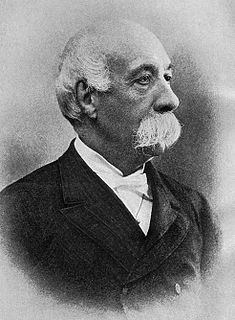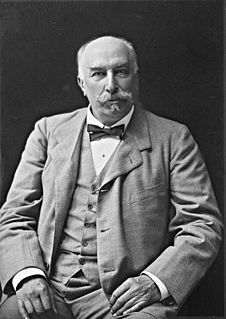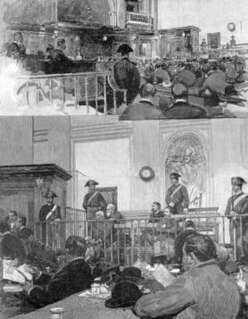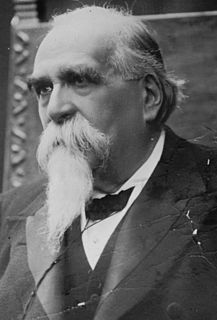
Luigi Luzzatti was an Italian financier, political economist, social philosopher and jurist. He served as the 20th Prime Minister of Italy between 1910 and 1911. He was the first Venetian and second Jewish Prime Minister of Italy after Alessandro Fortis, although his predecessor Sidney Sonnino was of partial Jewish ancestry.

Antonio Starabba, Marquess of Rudinì was an Italian statesman, Prime Minister of Italy between 1891 and 1892 and from 1896 until 1898.

Luigi Gerolamo Pelloux was an Italian general and politician, born of parents who retained their Italian nationality when Savoy was annexed to France. He was the Prime Minister of Italy from 29 June 1898 to 24 June 1900.

Alessandro Fortis was an Italian politician who served as the 18th Prime Minister of Italy from 1905 to 1906. He was Italy's first Jewish Prime Minister.

The Kingdom of Italy was a state which existed from 1861—when King Victor Emmanuel II of Sardinia was proclaimed King of Italy—until 1946—when civil discontent led a constitutional referendum to abandon the monarchy and form the modern Italian Republic. The state was founded as a result of the unification of Italy under the influence of the Kingdom of Sardinia, which can be considered its legal predecessor state.

Napoleone Colajanni was an Italian writer, journalist, criminologist, socialist and politician. In the 1880s he abandoned republicanism for socialism, and became Italy's leading theoretical writer on the issue for a time. He has been called the father of Sicilian socialism. Due to the Socialist party's discourse of Marxist class struggle, he reverted in 1894 to his original republicanism. Colajanni was an ardent critic of the Lombrosian school in criminology. In 1890 he was elected in the national Italian Chamber of Deputies and was re-elected in all subsequent parliaments until his death in September 1921.
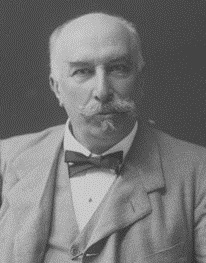
General elections were held in Italy on 6 November 1892, with a second round of voting on 13 November. The "ministerial" left-wing bloc emerged as the largest in Parliament, winning 323 of the 508 seats. The electoral system reverted to the pre-1882 method of using single-member constituencies with second round run-offs.
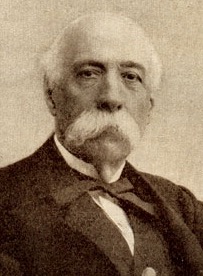
General elections were held in Italy on 26 May 1895, with a second round of voting on 2 June. The "ministerial" left-wing bloc remained the largest in Parliament, winning 334 of the 508 seats.

General elections were held in Italy on 21 March 1897, with a second round of voting on 28 March. The "Ministerial" left-wing bloc, led by Giovanni Giolitti remained the largest in Parliament, winning 327 of the 508 seats.

General elections were held in Italy on 3 June 1900, with a second round of voting on 10 June. The "ministerial" left-wing bloc remained the largest in Parliament, winning 296 of the 508 seats.

General elections were held in Italy on 7 March 1909, with a second round of voting on 14 March. The "ministerial" left-wing bloc remained the largest in Parliament, winning 329 of the 508 seats.
See also: 1892 in Italy, other events of 1893, 1894 in Italy.
See also: 1893 in Italy, other events of 1894, 1895 in Italy.
The Left group, later called Historical Left by historians to distinguish it from the left-wing groups of the 20th century, was a liberal and reformist parliamentary group in Italy during the second half of the 19th century. The members of the Left were also known as Democrats or Ministerials. Differently by his Right counterpart, the Left was the result of coalition who represented Northern and Southern middle class, urban bourgeoisie, small businessmen, journalists and academics. It also supported a right to vote and the public school for all children. Moreover, the party was against the high taxation's policies promoted by the Right. Since the 1890s, the Left showed conservative tendencies, breaking strikes and protests and promoting a colonialist policy in Africa.
See also: 1889 in Italy, other events of 1890, 1891 in Italy.
See also: 1903 in Italy, other events of 1904, 1905 in Italy.




